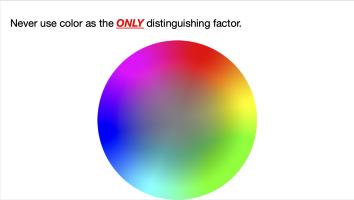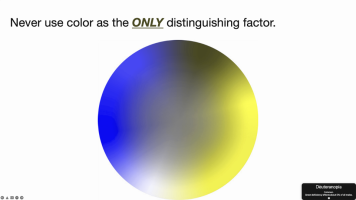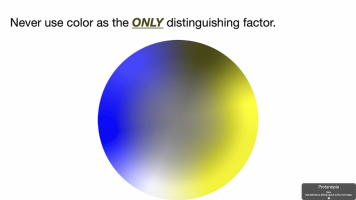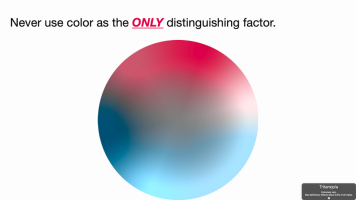This is what I really like about this forum: learning is not restricted to photography, but extends to many other highly interesting topics !We don't all have the same DNA. At the basic level, we all have a vast number of differences called SNPs, single nucleotide polymorphisms (https://en.wikipedia.org/wiki/Single-nucleotide_polymorphism). These lead to different amino acids at different positions in proteins and so they can have different activities. It's these SNPs that the ancestry DNA sites use to tell you your genetic background, find your relatives etc. Your various traits may be linked to combinations of these SNPs - the science of GWAS (https://en.wikipedia.org/wiki/Genome-wide_association_study). These SNPs don't usually qualify as being medical abnormalities as they can be very widespread. Some rarer mutations, like those in cystic fibrosis etc can have a severe affect by themselves. These SNPs in the opsin genes count as a "medical conditions" https://www.snpedia.com/index.php/Colorblind.
Upvote
0





